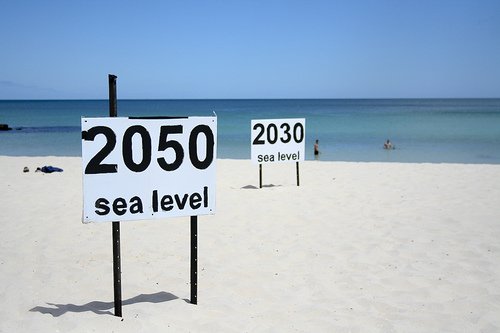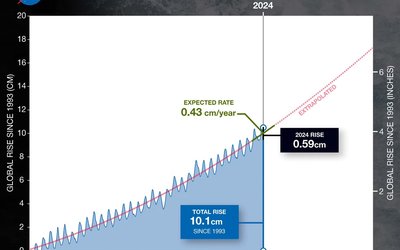
The direct and indirect costs of sea level rise for Europe have been modelled for a range of sea level rise scenarios for the 2020s and 2080s. The results show:
- Sea-level rise has negative economic effects but these effects are not particularly dramatic. On an annual basis these costs are quite small. The highest projected value is 0.2% of national GDP in Estonia in 2085.
- The impact of sea-level rise is not confined to the coastal zone. Because of international trade, countries that have relatively small direct impacts of sea-level rise, and even landlocked countries such as Austria, gain in competitiveness.
- Adaptation is crucial to keep the negative impacts of sea-level rise at an acceptable level. This may well imply that some European countries will need to adopt a coastal zone management policy that is more integrated and more forward looking than is currently the case.
Source: Bosello et al., 2012. Climatic Change 112: 63–81.
Photo: unknown (www.flickr.com)








